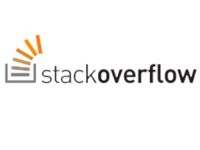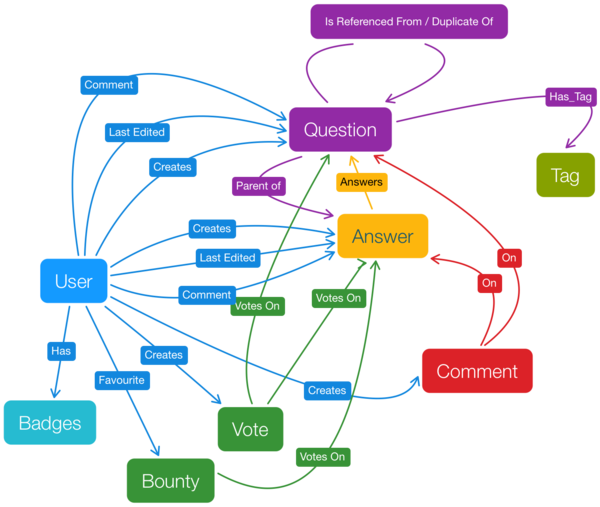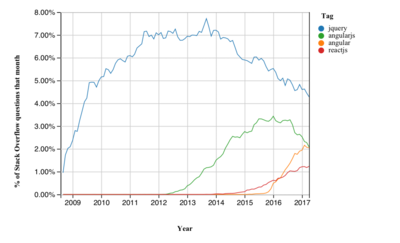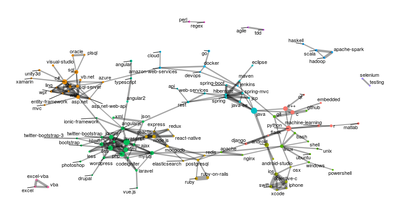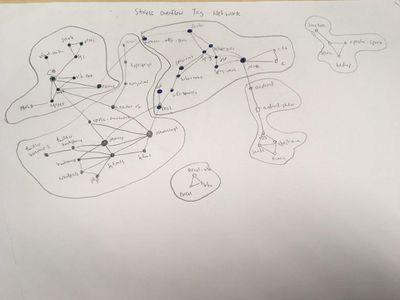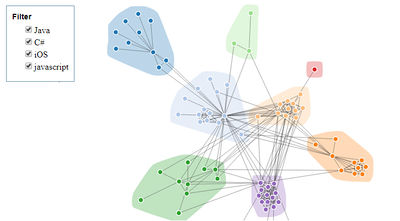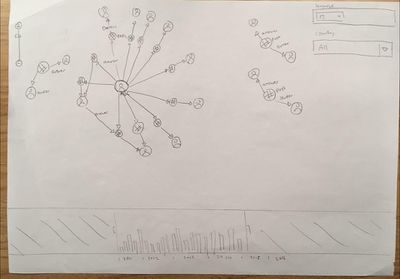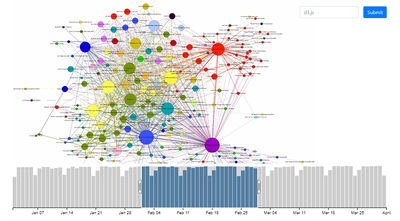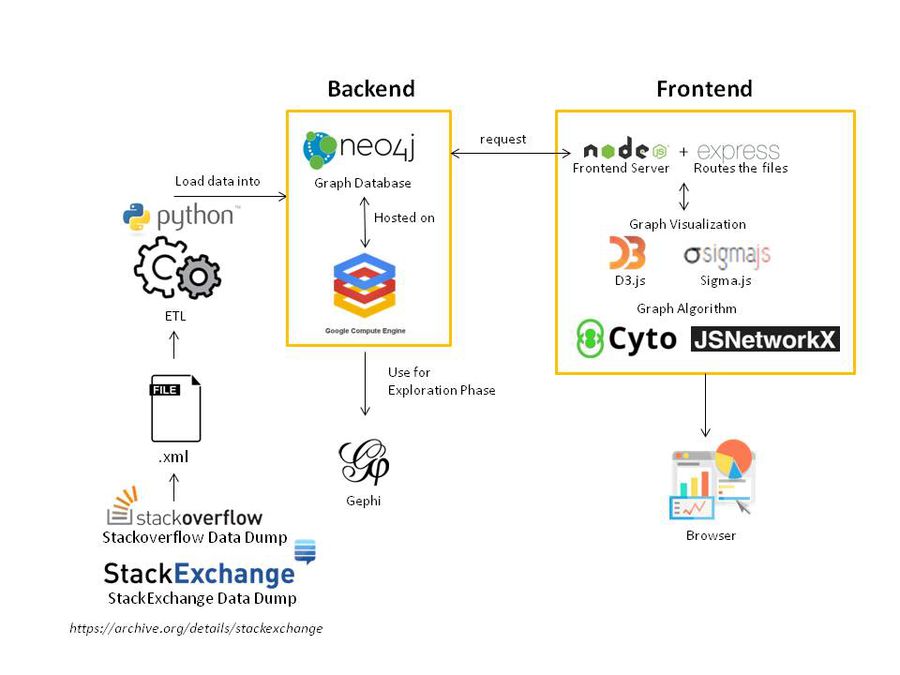IS428 2017 18T1 Group01 Proposal
StackOverflow is the largest, most trusted online community for developers to learn, share their programming knowledge, and build their careers. This is achieved through questions and answers posted on the site that concerns a wide range of topics related to computer programming. The success of such a platform depends on high quality questions and answers contributed by an engaged community. Thus, some measures to screen for quality includes using ‘badges’ to signify reputation for users, votes on post (upvote or downvote) and using community administrators to close questions that have been answered before or are irrelevant.
Our research is motivated by the lack of information on community interaction within Stackoverflow. As Information Sys-tems students who view the site frequently and rely heavily on it for assistance, we re-alised that we are surprisingly unaware of how interaction occurs on the site to keep the community active.
Most visualizations available show the growth and popularity of technologies, but not the underlying users driving these trends. We find it important to study user-to-user interaction as the community plays a very important role in providing useful content to the website.
the site to keep the community active.
Apart from the users, the use of multiple tags of technologies (e.g. javascript, jquery, react-native) which are placed on a question posted allow us to study how closely related different technologies are to one another. This is useful in understanding ways to in-tegrate separate technologies with one an-other, and to gauge the popularity of using these technologies together.
Some of the general problems (questions) that we wish to address are namely:
- How are the different technologies on Stack Overflow used together?
- What are the different clusters of technologies, frequently used together?
- Who is likely to answer my question?
- Determine which user is more influential in each community?
- Do top contributors answer actively and consistently over time?
- How does each technology grow over time?
| Dataset/Source | Data Attributes |
|---|---|
| Badges
https://archive.org/download/stackexchange/stackoverflow.com-Badges.7z |
|
| Comments
https://archive.org/download/stackexchange/stackoverflow.com-Comments.7z |
|
| Posts
https://archive.org/download/stackexchange/stackoverflow.com-Posts.7z |
|
| Postlinks
https://archive.org/download/stackexchange/stackoverflow.com-PostLinks.7z |
|
| Users
https://archive.org/download/stackexchange/stackoverflow.com-Users.7z |
|
| Votes
https://archive.org/download/stackexchange/stackoverflow.com-Votes.7z |
|
The data model best describes the user and application interactions on the Stack Overflow site. Building the data model allows us to decide what elements should be a node or a relationship.
| Related Works | What We Can Learn |
|---|---|
| Stack Overflow Trends |
|
| Stack Overflow Tag Network
Source: https://www.kaggle.com/juliasilge/network-graph/code |
|
| Sketches | How Analyst Can Conduct Analysis |
|---|---|
| Stack Overflow Trends (Sketches)
Stack Overflow Trends (Proposed Layout) Source: http://bl.ocks.org/larskotthoff/4e5dbf8be2c83631a05b |
|
| Network Analysis (Sketches)
Network Analysis (Proposed Layout) |
|
- Storing a extremely large network of StackOverflow posts, comments and users in a graph database and creating indexes for fast retrieval.
- Using StackOverflow API to retrieve information on-demand and transform the data into insight on the visualization.
- Learning how to use the relevant tools for graph analysis such as neo4j, sigma.js and D3.js
http://sotagtrends.com This web application plots the number of questions asked over time by tags on Stackoverflow. Examples of tags include “node.js”, “d3.js” and “python”. Multiple tags can be added by the user and the user can also toggle a relative comparison across the tags. Other interesting features this visualization has includes a moving reference line that slides along the X-axis, showing the exact number of questions asked for each tag.
https://insights.stackoverflow.com/survey/2017 This report created by SO describe insights about SO users using data collected through their annual developer survey. Visualizations used here are simple but effective charts – bar charts, scatter plots and line charts – that describe intriguing phenomena such as preferred programming languages among ethnicities, representation of women in technology roles and correlated technologies used by developers.
Feel free to comments, suggestions and feedbacks to help us improve our project!:D

